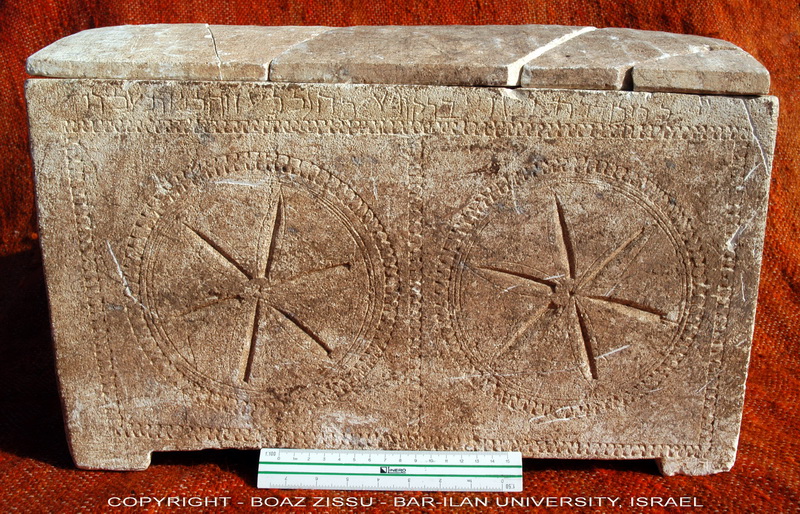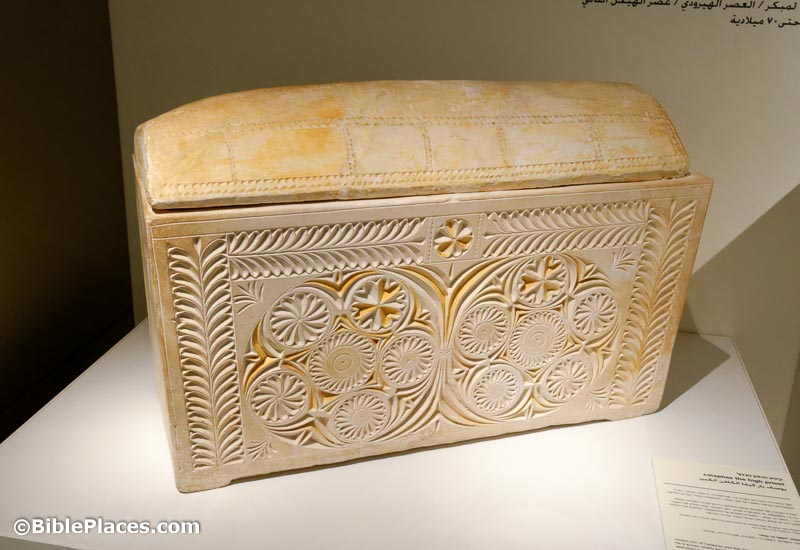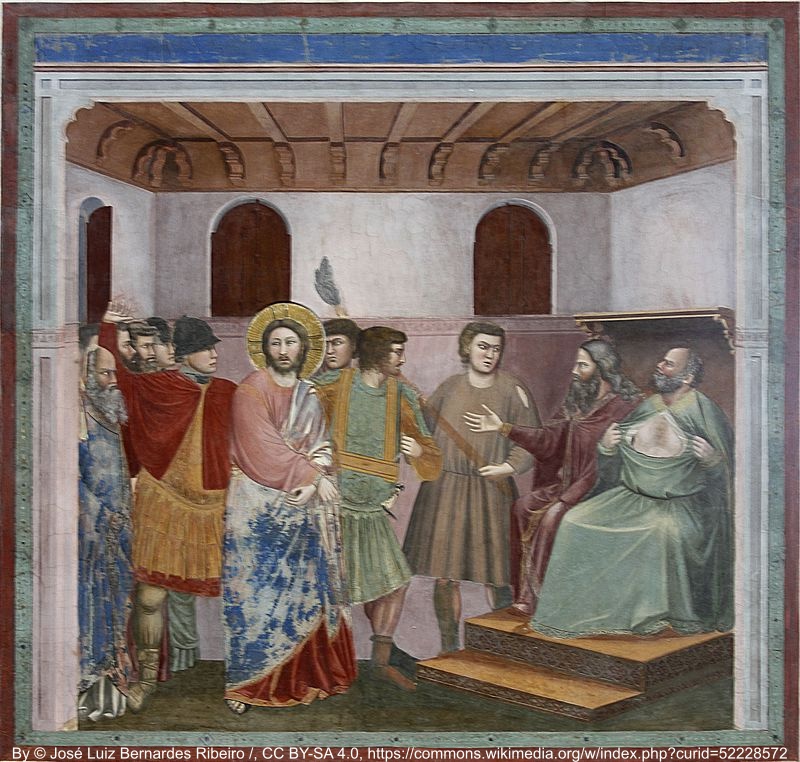It’s not easy picking just one. The happy reality is that, except for little surveys like this one, we don’t have to. Beautiful vistas abound in the biblical lands, if only we can climb to the summit.
When forced to choose just one, the most common answer among our readers was Mount Arbel overlooking the Sea of Galilee. Here are a few of the reasons given:
I loved the view overlooking Sea of Galilee towards Capernaum. In addition to the view, what made this tops for me was the climb down using the chains.
So many places connected to historical events are visible from this one vantage point. The last time I was there Mt Hermon was visible. Seeing the geography, the topography, how the locations are in relation to one another is just amazing. I love the bird’s eye view but admit my stomach does flip flops looking straight down!
A favorite faculty member from my Bible Institute days preached a message regarding “The people who walked in darkness have seen a great Light” from Isaiah 9. Nice climb, good heights, potential danger, lots of periods of history (OT, NT, Zealots, Crusaders) visible.
View of the Sea of Galilee from Mount Arbel
In second place was the Mount of Olives. Given all that happened throughout history, it’s easy to spend a lot of time here re-living biblical events. Here’s what a couple of you wrote:
I can think of no other place where a person can see where so much biblical history took place.
It is a view that Yeshua knew well.
Jerusalem from the Mount of Olives
A close third was Muhraqa on Mount Carmel, the traditional place where Elijah battled the prophets of Baal. One person chose this vista because they “have been there.” That’s a reminder that many tour groups, most of which are designed for the elderly, do not go to many of the choice vistas. Here’s why another reader chose Muhraqa as their favorite:
Because you can see Asher, Zebulun, Naphtali, Issachar, Manasseh, Phoenicia, and Transjordan + the landscape of about a dozen biblical events
The Jezreel Valley from Muhraqa on Mount Carmel
Honorable mention goes to the view from Azekah:
It is really difficult to pick only one! While there may be more beautiful vistas, like Arbel, I love being on top of Azekah and reading I Samuel 17. It was one of the first locations for me where the Bible came to life and a treasured story became more real. It is a joy to bring others there and see them experience some of that. It is a moving experience to visualize such a familiar story unfolding in the Elah Valley below. It’s something that just can’t happen unless you visit Israel and set foot in a place like Azekah.
Perhaps the most interesting response (in my estimation) was the reader who chose the “sunrise over moab” for the reason that they can see it “from my bed.” I wonder how places there are where that’s possible!
Another respondent chose Mount Meron, because:
I figured I’d choose something different. Mt Meron is great because you can see from Mt Hermon and Mt Bental in the north all the way to Mount Carmel in the south. This provides a great view of practically the entire Galilee region (on a clear day).
A variety of other sites were selected, including Belvoir (“beautiful view”), Hippos, Masada, Mount Gilboa, Nazareth, Nimrod’s Castle, Qumran, and Tel Jezreel.
A few people chose locations outside of Israel, including Macherus:
I have been several times and have never seen more than one or two people there. I like the loneliness of the site, especially at sunset. A good place to reflect on the last days of John the Baptist. Great views of the Dead Sea and the hills of ancient Perea.
And one reader prefers the view from the Amman citadel at sunset:
Gradually the city’s lights come on. I noticed the green lights all around in the city. Then the Muslim hour of evening prayer began and the muzzains calls blend and compete. A delight for eyes and ears.
If you haven’t yet “panned the panorama” from all of these vistas, you can add them to your list for the next time you’re traveling through the biblical world.


